Is Your Taco Authentic? 7 Spicy Truths About Real Mexican Cuisine
Table of Contents
- Introduction: The Great Taco Deception
- Myth-Busting Authentic Mexican Food
- The Spice Cabinet of Mexico: A Regional Guide
- Street Tacos vs. Fancy Platters: What’s Real?
- 5 Common Mistakes When Trying to Make Mexican at Home
- How to Spot (and Taste) the Real Deal
- Conclusion: Embracing the Soul of Mexican Flavor
Introduction: The Great Taco Deception
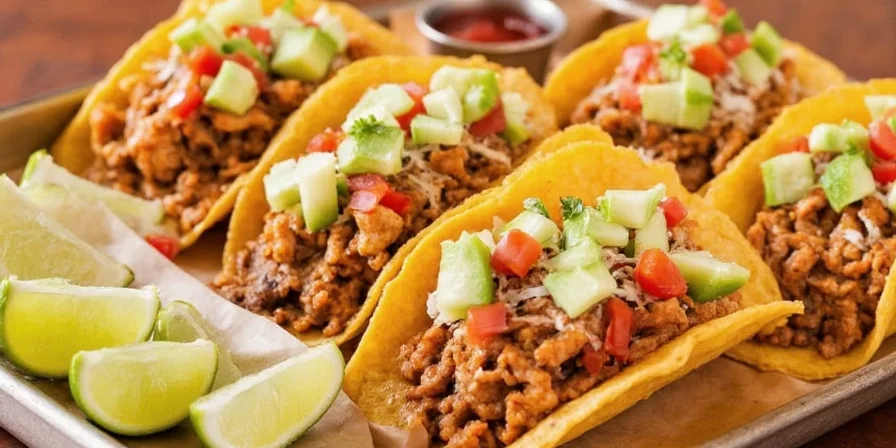
If you've ever bitten into a crispy taco shell from your local grocery store thinking you're tasting real Mexican cuisine, you might want to sit down with a nice bowl of caldo de pollo. Because here's the truth — much of what we call "Mexican food" in the U.S. isn't really Mexican.
In this deep dive into authentic Mexican food, we’ll uncover the layers of spice, history, and regional pride that define one of the most misunderstood cuisines in the world. And yes, we’re coming for your hard-shell tacos.
Myth-Busting Authentic Mexican Food
| Popular Belief | Reality Check |
|---|---|
| Taco shells are traditional | Actually invented in the U.S. for commercial use |
| All Mexican food is spicy | Flavor ≠ Heat; many dishes are mildly seasoned or even sweet |
| Mexicans eat tacos every day | Like any culture, meals vary widely by region and occasion |
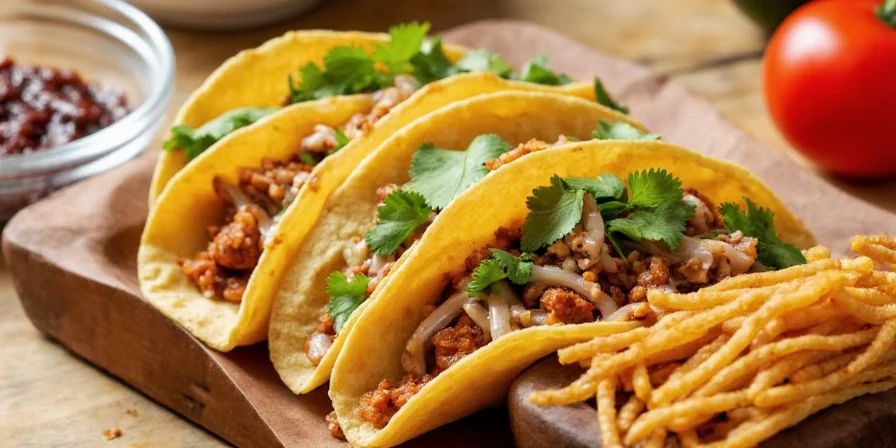
The Spice Cabinet of Mexico: A Regional Guide
Mexican cuisine is a beautiful patchwork of flavors, each thread tied to a specific region. Here's a breakdown of how spices change as you travel through Mexico:
- Northern Mexico: Known for grilled meats and hearty corn tortillas. Spices like cumin and smoked paprika shine here.
- Central Mexico: Home to mole sauces made with a blend of dried chilies, chocolate, nuts, and spices.
- Southern Mexico: Uses more tropical fruits and earthy herbs like epazote.
- Yucatán Peninsula: Unique ingredients like achiote paste and bitter orange give it a distinctive flavor profile.
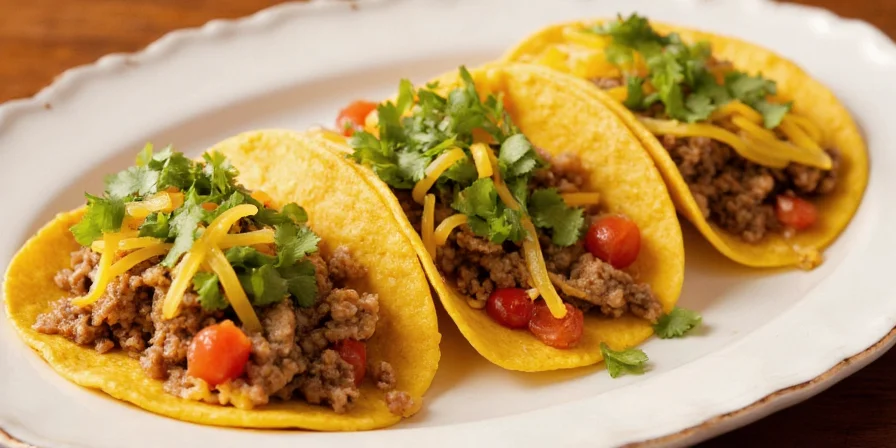
Street Tacos vs. Fancy Platters: What’s Real?
You’ve got two options: the tiny taqueria tucked behind an auto shop or the swanky downtown spot with “artisanal” everything. Which one serves the real deal?
- Street Tacos: Usually served on simple corn tortillas with meat, onion, cilantro, and salsa. Minimalism = authenticity.
- Fancy Platters: Often overcomplicated and overpriced, but can still be authentic if rooted in tradition.
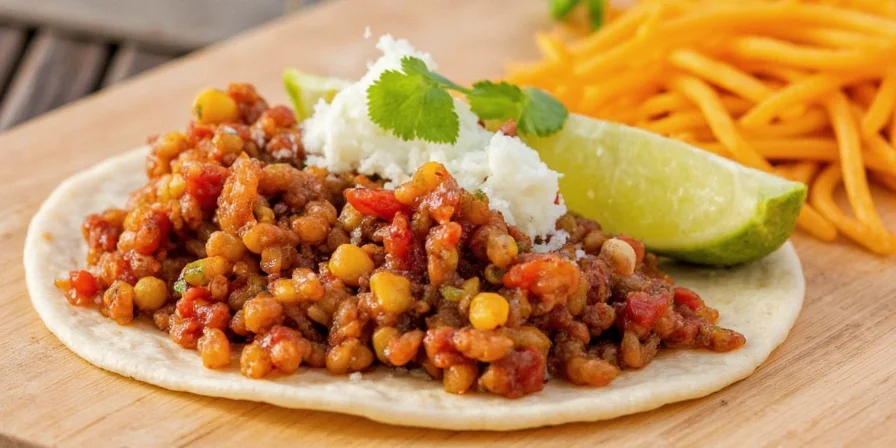
5 Common Mistakes When Trying to Make Mexican at Home
- Mistake #1: Using pre-packaged taco seasoning instead of fresh or ground spices.
- Mistake #2: Skipping the tortilla-toasting step — warm them on the comal or skillet!
- Mistake #3: Substituting avocado oil for olive oil without considering the flavor impact.
- Mistake #4: Overloading your plate with toppings instead of savoring the base flavors.
- Mistake #5: Not balancing heat with acidity — lime juice is your best friend.
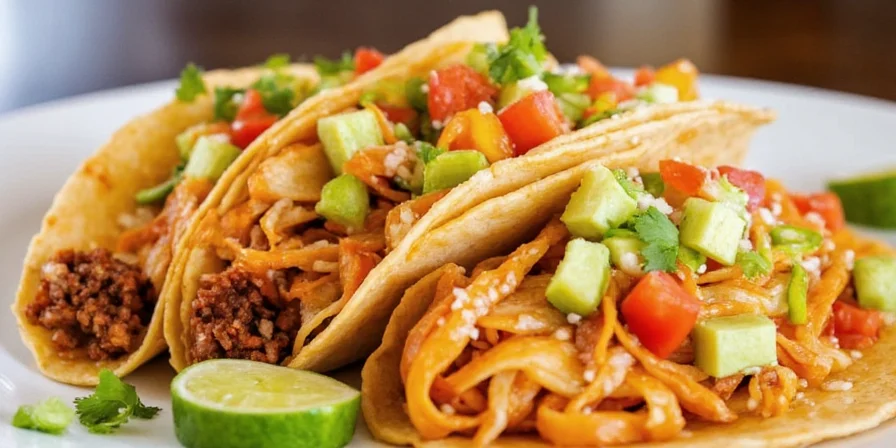
How to Spot (and Taste) the Real Deal
Here’s a checklist to help you determine whether your dish is truly authentic or just American-Mexican fusion:
- Are the tortillas handmade and freshly cooked?
- Do the salsas differ in texture and heat level?
- Is there a balance of savory, sweet, sour, and spicy notes?
- Are traditional tools like a mortar and pestle (molcajete) used?
- Does the menu reflect a specific region or state?
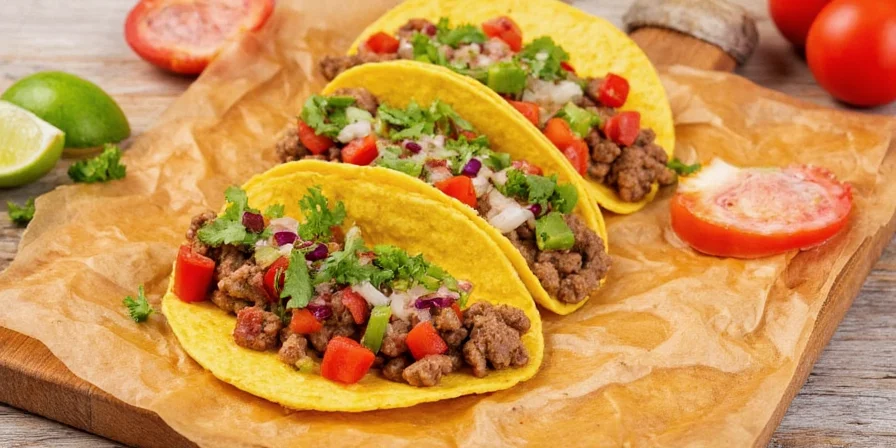
Conclusion: Embracing the Soul of Mexican Flavor
Authentic Mexican food is not just about spices or ingredients — it’s about soul. It’s about generations of family recipes passed down, markets filled with vibrant colors and aromas, and a deep respect for tradition.
So next time you reach for that jar of taco seasoning, pause. Take a moment. Ask yourself: Is this real? Is this respectful? Or am I just being lazy?
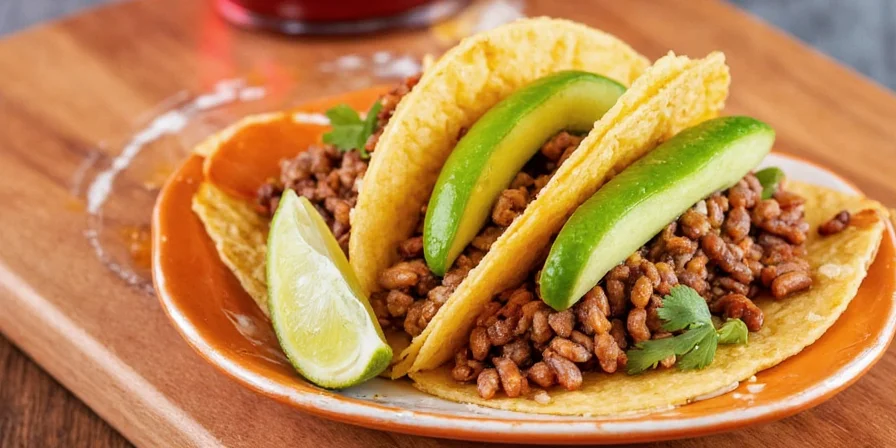











 浙公网安备
33010002000092号
浙公网安备
33010002000092号 浙B2-20120091-4
浙B2-20120091-4